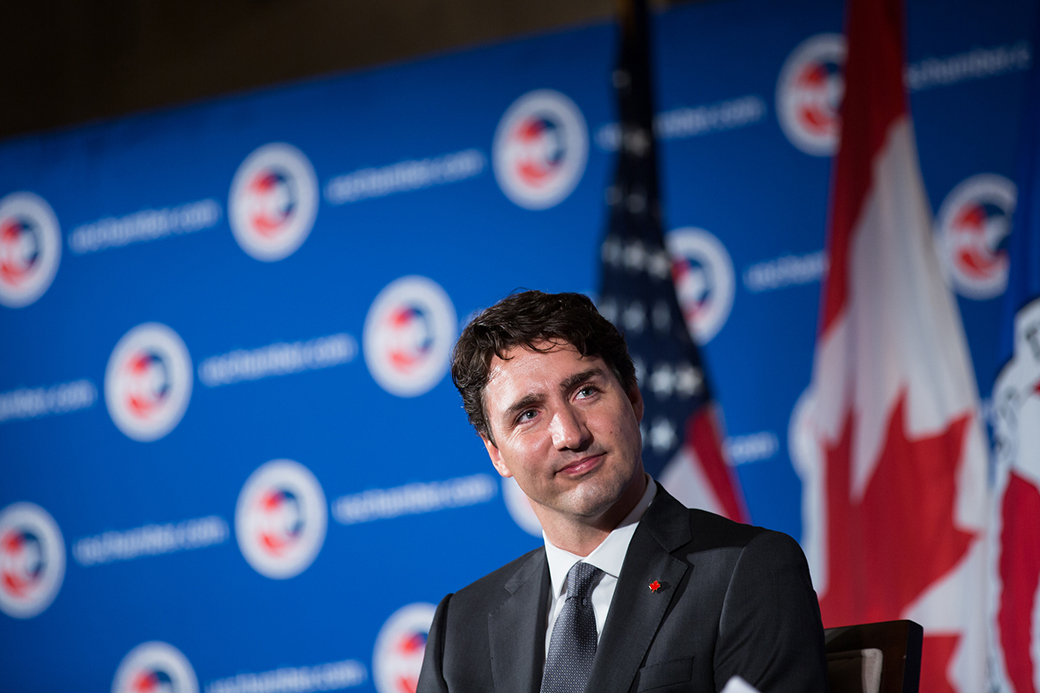In the 1980 U.S. presidential election Republican Ronald Reagan campaigned in Michigan promising to protect autoworker jobs.
A strong U.S. dollar provoked measures to protect U.S. production of autos, steel and textiles against foreign competitors who profited from domestic currency weakness through increased exports to the U.S.
In 1981 Reagan imposed “voluntary” export restraint agreements on Japanese carmakers, who were required to limit their exports to the U.S.
In 1985 the Americans orchestrated the Plaza Accord, a realignment of currencies that saw the Japanese yen increase in value by 50 per cent against the U.S. dollar by 1986. As a result, exporting cars from Japan got a lot more expensive.
In response to U.S. protectionist policies, the Japanese invested in producing cars in the U.S., replacing imported Hondas and Toyotas with U.S.-made vehicles from the same Japanese companies. Japanese auto parts manufacturers set up in the U.S. as well.
Like Volkswagen and other foreign manufacturers who also relocated to the U.S. under pressure from Washington, the Japanese found friendly U.S. state governors willing to subsidize relocation, and guarantee through legislation a non-union workplace (trade-distorting policies are regularly offered by U.S. states in competition with each other).
The Reagan trade policy was developed by Robert Lighthizer, who has just been appointed United States Trade Representative (USTR) by Donald Trump.
In a lengthy memorandum prepared in 2010, Lighthizer set out an aggressive approach for the U.S. to take on trade with China. His arguments made him an obvious candidate for his new job.
In recent years, the U.S. manufacturing sector has been shedding jobs as U.S. companies relocated production to China, Mexico and other low-wage destinations. The U.S. now runs an annual merchandise trade deficit with China of about US$300 billion. For his people, this deficit represents the U.S. job and manufacturing losses Trump ran his campaign complaining about.
The emergence of China as a low-cost economic powerhouse reduced price inflation across the industrialized world. Falling prices equals wage gains. But this upside was not enough to prevent recent U.S. presidents from fingering China for unfair trade practices.
American investment in China produced the export surge from China. The Chinese framed the policy that allowed U.S. investment to exploit low-wage workers. It worked so well, they get blamed for its success.
The reality is that it is U.S. companies that make the profits from offshore production.
When U.S.-China trade is measured by nationality (of the company exporting) rather than by the geography (location of production), Peking-based China specialist Christopher Balding showed trade between the U.S. and China to be balanced.
The Obama administration responded to Chinese export penetration by aggressively pursuing Chinese trade practices which were deemed fraudulent. This was the course of action recommended by the new USTR in his 2010 memorandum.
Lighthizer wants the U.S. to pursue China and other countries for “currency manipulation.” As the U.S. dollar goes up, other currencies go down, so the incoming USTR reasons they must be punished for the fall in their currencies rather than profit from the rise in the U.S. dollar.
Canadian observers and policymakers who have been struggling to figure out how to respond to the latest protectionist surge emanating from the U.S. would do well to read carefully what Lighthizer has to say about currency manipulation.
The U.S. Federal Reserve Board is expected to follow up its recent increase in interest rates with at least two more rate increases, because Fed Chair Janet Yellen sees Trump tax cuts and infrastructure spending fuelling a new round of price inflation.
Higher American interest rates will push the U.S. dollar up and lower the already weak Canadian dollar further.
The Bank of Canada weak dollar policy is designed to promote Canadian exports and strengthen job growth. Expect the Trump administration and the USTR to target Canada for currency manipulation.
The determination of Team Trump to repatriate manufacturing to the U.S. represents a threat to Canadian-based exports. Many workers are worried for good reason.
So-called free trade under NAFTA is the Canadian industrial policy. Trump has sworn to tear up NAFTA, which would create major uncertainties in the auto industry and other continentally integrated industries across Canada.
Trudeau sent a cloying video to U.S. Members of Congress underlining Canadian friendship with the U.S., which seems like a childish substitute for diplomacy. Senior PMO staff are meeting with Trump’s staff, who have their own reasons for gathering intelligence from visitors.
If successes are achieved in preserving the status quo on trading arrangements, expect the Americans to come after Canada for manipulating the dollar exchange rate. In fact, better expect the Americans to want to punish Canada for having a weaker dollar regardless.
Unfortunately, explaining to USTR that Canada came by its weak money thanks to trade deficits and a weakening economy is unlikely to make much of an impression.
It would be better for the Liberal government to think of ways to improve life here in Canada rather than expect the U.S. to act out of “friendship” for Canadians.
Duncan Cameron is former president of rabble.ca and writes a weekly column on politics and current affairs.




